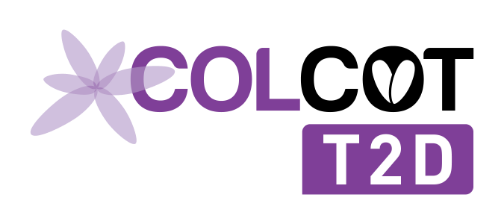Clinical Research

The different stages of drug development.
Clinical research builds on the results of basic research to develop new treatments, devices, or medical procedures and to evaluate their efficacy. In the pre-clinical phase, research is carried out by university or pharmaceutical laboratories, on biological models (in-vitro tests) or animals (in-vivo tests). The goal is to identify new molecules for future use in humans in an effective and safe manner. Once researchers believe they have found an effective treatment, they move on to the clinical research stage.
Unknown to the general public, clinical research nevertheless represents a major health challenge. Indeed, it is an indispensable step in the development of new treatments and innovative drugs. It should be noted that clinical research is strictly regulated by law and can only be carried out under very specific conditions.
A clinical trial involves testing a drug, medical device, or medical procedure on an individual to assess what benefits it may provide and what risks it may carry. The clinical study may also involve an existing treatment with the aim of improving it or comparing it with another treatment. The clinical study is one of the last stages in the development of a new treatment.
Medical research contributes to the discovery of new treatments and the improvement of knowledge about diseases. Three phases of clinical trials will be required for a new drug to be approved for the treatment of a disease:
PHASE 1
- Small cohort: typically 20 to 80 participants
- The goal is to see how safe the drug is
- Participants are generally healthy volunteers
PHASE 2
- Typically, between 100 and 600 participants
- The efficacy and safety of the test drug is further investigated
- The trial may last longer with patients taking multiple doses
PHASE 3
- This phase uses a much larger sample: thousands of participants
- It gives scientists more data on the safety and efficacy of the drug being tested
- A drug that successfully passes Phase 3 is likely to be approved by the authorities and ready to be prescribed to the general public.
A fourth phase of clinical trials is required to gather more information about the safety and efficacy of a new drug approved to treat a disease:
PHASE 4
- The number of participants tested can vary considerably: from less than 100 to more than 1,000.
- The drug can only proceed to Phase 4 trials once it has been approved by the health authorities.
- This is a more extensive test, examining the long-term safety and efficacy of the treatment and its effects on different types of patients.
